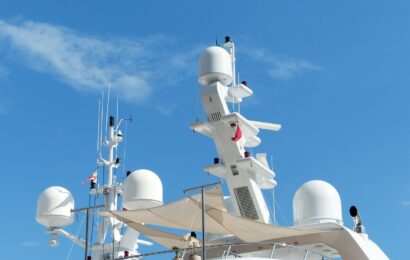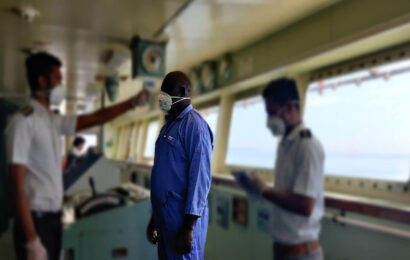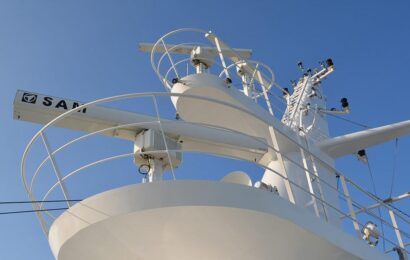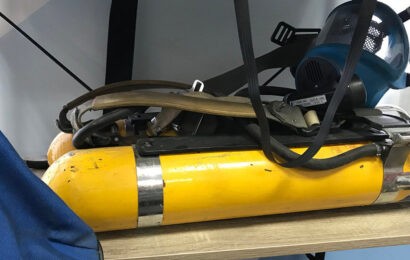- Students: 12
- Duration: 40 hours
The use of electronic chart navigation and information systems (ECDIS)
All persons performing duties related to the use of the navigation information system on vessels must have an appropriate level of training.
Use of electronic chart navigation and information systems (ECDIS) All persons performing duties on ships related to the use of navigation and information systems must have an appropriate level of training.
The purpose of the course is to conduct simulator training to learn the skills of safe operation of the equipment The Operational Use of Electronic Chart Display and Information Systems (ECDIS), which require:
-understanding the basic principles of work;
– information of what the ECDIS data is and how it should be presented;
-perceptions of potential errors in the received data;
– knowledge of system limitations and the potential hazards due to its application.
Course objectives:
– Enhance knowledge of the main characteristics of ECDIS equipment;
– Consolidate the practical skills associated with its;
– study errors and peculiarities of application of modern navigation systems;
-improve the use of methods and tools for processing information received from ECDIS, preliminary laying and adjustment of the course, automated navigation of the ship along the planned route, analysis of the navigation safety of the pre plotting rouit.
– to study the basics of planning, coordination of search and rescue operations at sea using ECDIS equipment.
The course content corresponds to the standard course IMO 1.27. It is intended for officers in charge of the navigation watch, command stuff and other persons who, when performing duties are relevant to the use of ECDIS.
The student who completed the course knows how to:
– use the ECDIS navigation functionality, process and use the received data, including when carrying the running watch on the bridge.
– take into account errors, errors in data, take measures to eliminate them;
– correct electronic cards;
-the basic principles of work with ECDIS should be applied.
From the trainees who have completed the course, practical application skills are required:
– principles on which safe work with electronic charting systems is based;
-navigation functions, methods of research and selection of the obtained data;
– methods of ECDIS data determination, assessing of potential hazard hidden behind the received data;
-creation, obtaining data when using the main and auxiliary functions of the system;
– methods of plotting the course of the vessel;
– correcting electronic charts;
– ways to determine errors, errors in incoming data, measures to eliminate them.
Requirements for students:
– be at the age of 18;
– for health reasons, meet the requirements arising from the duties performed;
-provide confirmation of obtaining the appropriate education in the specialty “Navigation”;
– have a Certificate of Competency not lower than the Navigation Watch Officer level.
– Provide “Radar Navigation” certificate – operational level or “Radar navigation” – management level “(or similar).






